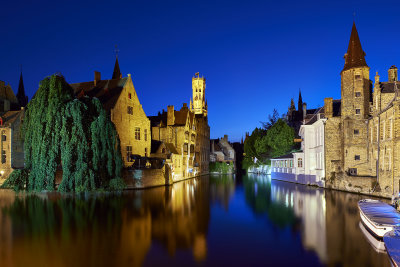It is images and narratives, such as these, for which I have been waiting, to confirm low-light AF capability, helping me to decide whether to buy a D5 or D850. Thanks for posting the link.
--
I wear a badge and pistol, and make evidentiary images at night, which incorporates elements of portrait, macro, still life, landscape, architecture, and PJ. I enjoy using both Canons and Nikons.
What would you be shooting? Seems like having a choice between a D850 and D5 is strange as the D5 is very targeted in its use....although you could use it for general photography.
I already use a D3s for much “general” photography, because I tend to shoot in the evening and at night, so a D5 would be a logical progression. I use a Df, too, which has a better sensor (than the D3s) for low light, but not nearly the AF capability.
As for subjects, I am fascinated by local owls. I am often able to get very close to Screech Owls, perched on low-hanging oak branches, making their distinctive call, which is not a screech, in spite of their name. (I could use flash, but, well, no.) Juvenile Great Horned Owls make a very distinctive sound when begging for food from their parents. This begging call continues after the juveniles are able to fly, and are being taught to hunt.
We have Yellow-Crown Night Herons and Fulvous Tree Ducks in our neighborhood, too, both very active in low light, though the ducks are not actually truly nocturnal. (We may erect nest boxes next year, as the rotten portion of the tree, in the neighbor’s yard, which the ducks previously used, finally had to be trimmed, before it fell.)
Two blocks away is a small, heavily-wooded nature center, which is a designated site on the Great Texas Coastal Birding Trail. Other sites are relatively close; we are along the routes followed by migrating birds that follow the coast, as well as the birds that fly across the Gulf of Mexico, to and from the Yucatan Peninsula.
I have, actually, mostly used Canon gear for bird/wildlife shooting, at least in good light, but as my wife is a dedicated Nikon shooter*, presently loving her D500 and 80-400G, it makes sense to buy Nikon-mount lenses when we start acquiring really expensive tele lenses. My newest “baby” is a Chubby Baby, a pre-owned Nikkor 200/2 VR.
My wife is very interested in visiting the US Pacific Northwest and western Canada relatively soon, for nature photography, and anthropological reasons, as she is very interested in a particular tribe in the region. Coastal rain forest is, obviously, shaded. Another region we love is along and near the Natchez Trace Parkway, very heavily-wooded.
I could use a better night-shooting camera for some police-related tasks, too, as I am assigned to night shift, but I am likely to retire in early 2018, so would probably not be able to acquire a D850 before then, and would not be able to afford a D5 until after retirement, when I will be compensated for a large amount of unused leave. (I use a pair of 7D Mark II cameras, with several flashes, for crime scenes.)
*My wife is the mentor who persuaded me to try SLR photography, and guided my early path. Although she insists she is happy with DX, I foresee buying her a D850, even if I do not buy one for myself.
--
I wear a badge and pistol, and make evidentiary images at night, which incorporates elements of portrait, macro, still life, landscape, architecture, and PJ. I enjoy using both Canons and Nikons.





